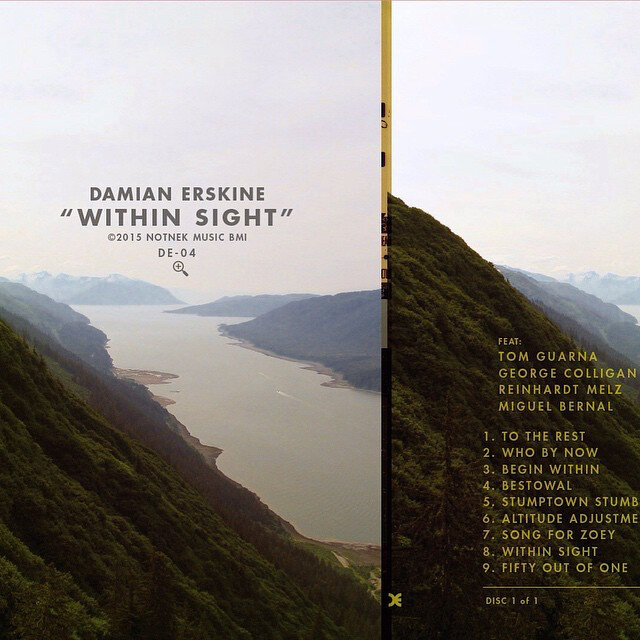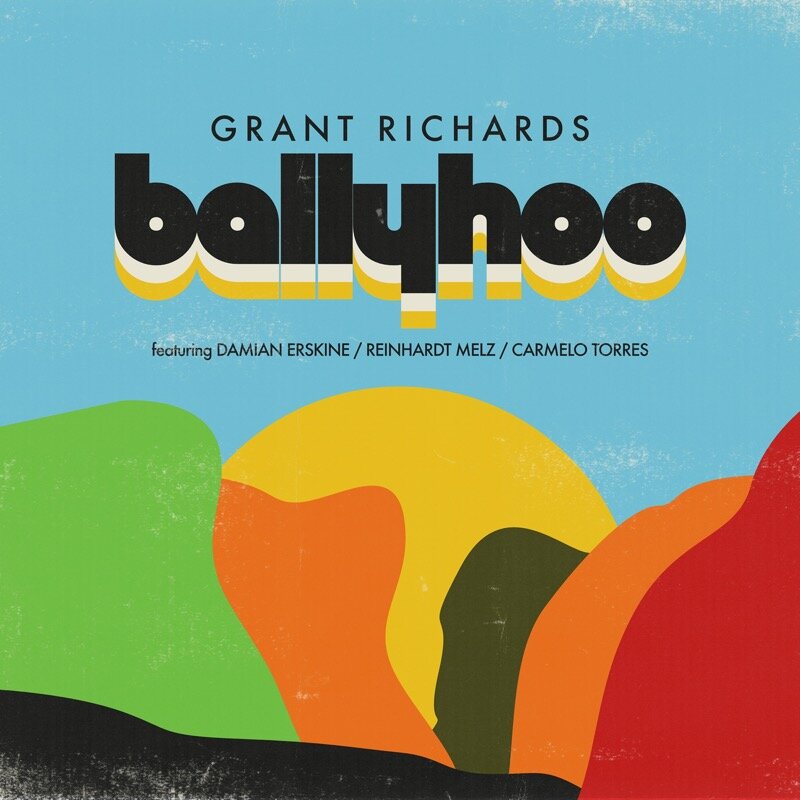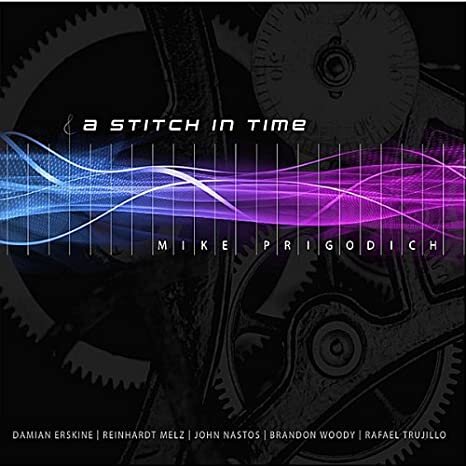Play-Along Reading:
I learned to read using play-along books. Most were song books of albums that someone in my family dug and brought home for me, with bass lines written in bass clef and a copy of the tracks mixed minus bass. I’d strongly encourage you to find some of the same materials online for albums that you love. I had some great play-alongs for Donald Fagen tunes, Steely Dan, as well as jazz play-alongs with chord charts. I know many of these still exist out in the world. My uncle, Peter Erskine, has some of the best modern play-alongs I’ve seen in app form. Click the link in the “Erskine Jazz Essentials play-along” to learn more. He covers just about every style and the apps are fantastic and recorded with world class musicians.
The rest of this path will be comprised of the play-along examples that already exist on this site. I’ve placed them in a logical order, so I’d just start at the beginning and work your way down the page.
The “Erskine Jazz Essentials” will give you a ton of ‘real-world’ examples of what might experience on a jazz gig. These are basic chord charts and two audio examples, one with bass and one without.
The rest of the play-alongs are albums that I’ve played on. Some have written lines for the bass player, some have the melodies written out and you will just be looking at the chord changes (lead-sheets). Although having the melody written on your lead-sheet may look more cluttered at first, it can be very useful. Being able to glance at the melody can help you identify where you are in the chart if you get lost, for example. It can also give you melodic ideas during improvisations or help guide you as to what notes are available over a chord (because if you aren’t sure if you should play a G or a G# but the melody has a G… now you know!)
All play-alongs include tracks mixed both with and without bass.
Here are just a few suggestions moving forward:
• I’d recommend listening to the complete version first, for reference and then moving on to the ‘minus-bass’ versions and put yourself in the mix!
• Adjust your volume so you sit properly in the track. This is also a good time to practice good volume awareness on stage. I like to hear myself at (or just above) kick-drum level, but that’s subjective and depends on the style of music, stage volume, etc… Just try and keep your volume appropriate for the band as a whole. You don’t want to get too used to hearing yourself too loud in contrast to the rest of the group!
• Be equally aware of your tone and touch as much as the notes you play and keeping your place in the chart. Feel has as much to do with a successful performance as anything.
• The mark of a world-class reader is the ability to sound natural and organic as you read. Make sure not to get tunnel vision. Obviously, this will come with experience and it’s impossible to avoid at first but it’s worth being aware of, no matter your level.
• Listen to the group as a whole while you play and be a part of the larger sound (don’t just listen to yourself)
• Feel free to interpret the written lines a bit. Consider them more a mostly formed impression of the real thing. Many melodies, for example, are written as simply as possible to foster playability. Often, when notating a melody, if we tried to notate every inflection and micro-adjustment of time-feel, it would be unreadable without a study period. Use your natural inflections and let your tendencies and inclinations come through when reading a piece of music. In short, play naturally and don’t get too hung up on playing notated lines EXACTLY as they are written. Of course, this takes experience and you don’t want to take too many liberties but you will develop a sense of when and how you can interpret a written line.
You can think of it in terms of reading a written paragraph out loud. If we get overly focused on every word, it may sound stiff and un-natural… but if we take certain liberties, and speak naturally (appropriate to whatever our setting is) it will work beautifully.
An example of this may be:
written “I have often considered the benefits of supplements in the morning but have yet to determine which are best suited for my needs”
‘played’ organically “I’ve thought a lot about the benefits of supplements in the morning but I’m just not sure which might be the best for me”
They’re both good an both correct but one is a little stiff and sounds like it’s straight out of a bad commercial.
ok, yeah… kind of a weird example but I think you know what I mean. Just because you are reading notation, doesn’t mean that you can’t play organically. It just requires that you are comfortable enough to listen actively while you are reading and playing. It takes time and experience.
Now to the play-alongs!














40min clinic on the basics (& a bit beyond) of reading notation.
Download:
“Reading Music: Common Notation”
By Catherine Schmidt-Jones